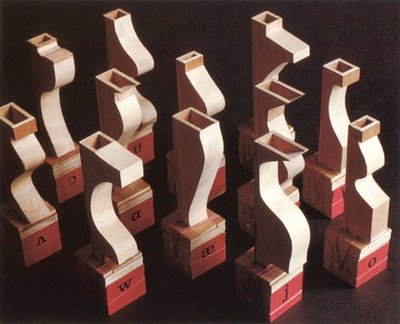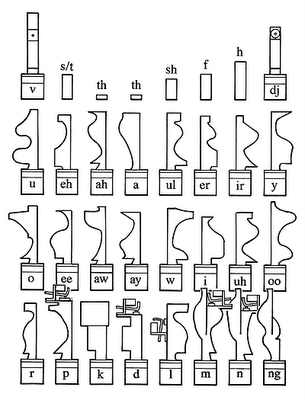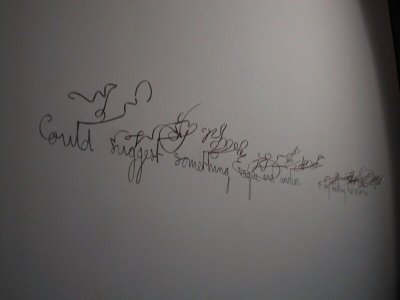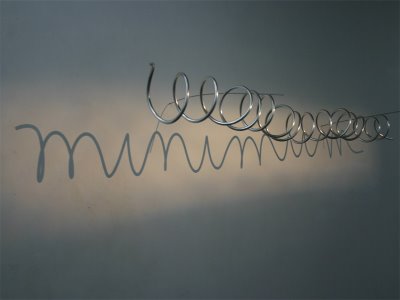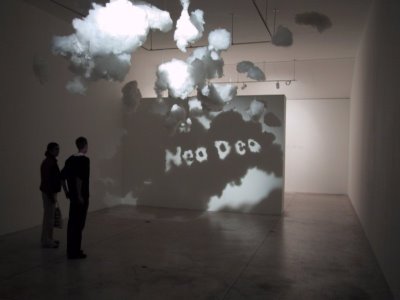If you’re new here, you may want to subscribe to my RSS feed to receive the latest Architectradure’s articles in your reader or via email. Thanks for visiting!
This is what I call sound art. An very simple design that can have such an impact.
I believe we forget what an object can naturally do without computing technology. By simply reproducing the vocal tract and pushing air through it, artists can make a acoustic speech synthesizer such as what Martin Riches achieved with his Talking Machine.
While I was voicing the pipes for a mechanical organ I noticed that when they were playing incorrectly they would sometimes make sounds quite similar to human speech. I wondered if it would be possible to make special speaking pipes and whether it would be possible to make them talk.The result was the Talking Machine — an acoustic speech synthesizer.The speech sounds are produced using a flow of air and resonators just as in natural speech.The machine has 32 pipes, each one a simplified version of the human vocal tract. They reproduce the spaces which are formed in the mouth, nose and throat when we speak.The pipes are built according to measurements of X-Ray photographs taken of a person speaking. In other words, the E-pipe reproduces the narrow shape of the human mouth saying E, the OO- pipe has something like the small round OO-shaped lips and so on. S, F, Sh and similar sounds are produced by special whistles which reproduce the shapes made by the lips, tongue and teeth. The valves which control the flow of air are operated by a computer.
More info
Audio from the talking machine
